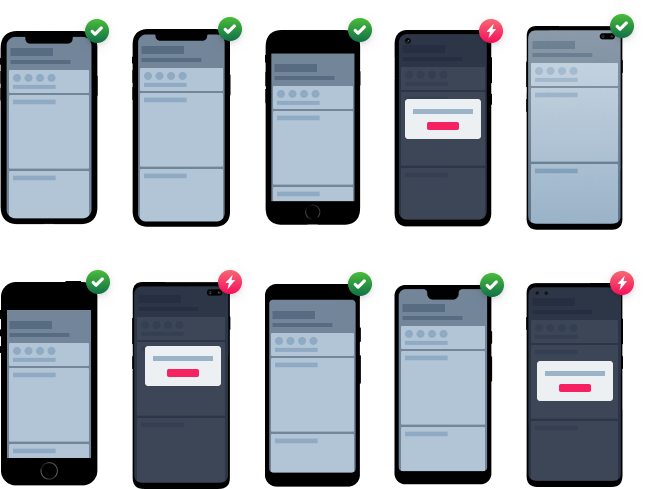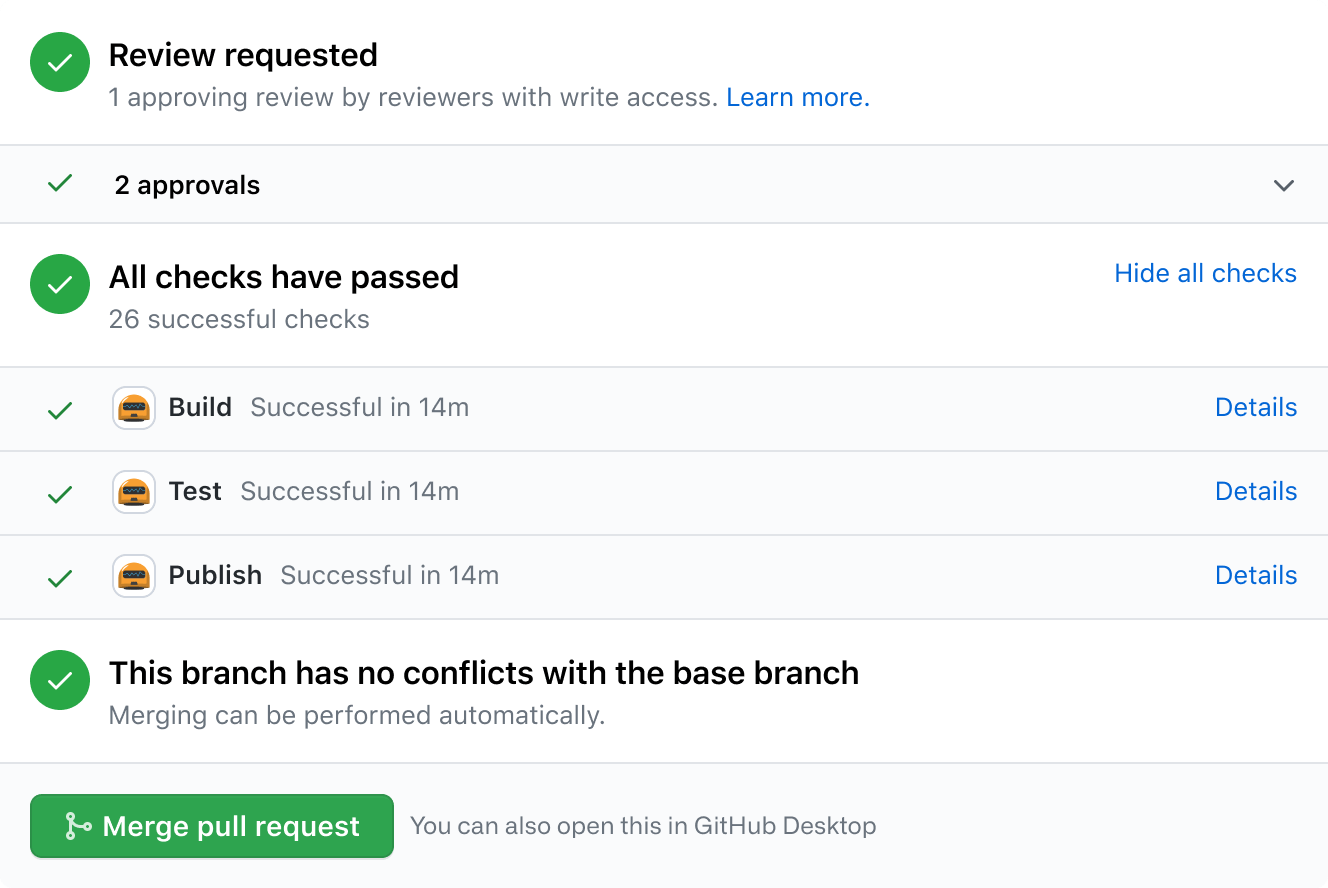

- #GITHUB GETTING STARTED BUILD CLOUD CONNECTED MOBILE APPS IN VISUAL STUDIO FOR MAC INSTALL#
- #GITHUB GETTING STARTED BUILD CLOUD CONNECTED MOBILE APPS IN VISUAL STUDIO FOR MAC UPDATE#
- #GITHUB GETTING STARTED BUILD CLOUD CONNECTED MOBILE APPS IN VISUAL STUDIO FOR MAC MANUAL#
- #GITHUB GETTING STARTED BUILD CLOUD CONNECTED MOBILE APPS IN VISUAL STUDIO FOR MAC CODE#
- #GITHUB GETTING STARTED BUILD CLOUD CONNECTED MOBILE APPS IN VISUAL STUDIO FOR MAC FREE#
Now that Azure Pipelines has been installed and configured, we can start building the pipelines but we will need to select a project where the pipeline will be saved. Task 2: Configuring a Continuous Integration Pipeline You can always create the pipeline directly from Azure Pipelines if the wizard does not appear. Note: If you’ve previously installed Azure Pipelines, you may need to toggle between the All and Select radio buttons to enable the wizard in Task 2. If you previously installed Azure Pipelines, select Configure access instead to skip steps 6-8.
#GITHUB GETTING STARTED BUILD CLOUD CONNECTED MOBILE APPS IN VISUAL STUDIO FOR MAC INSTALL#
Scroll to the bottom and click Install it for free.

Search for “ pipelines” and click Azure Pipelines. Switch to the browser tab open to the root of your GitHub fork. Task 1: Installing Azure Pipelines from GitHub MarketplaceĪzure Pipelines is available in GitHub Marketplace which makes it even easier for teams to configure a CI/CD pipeline for any application using your preferred language and framework as part of your GitHub workflow in just a few simple steps The first thing we need to do is to connect GitHub with Azure DevOps, which we can do via the Azure Pipelines extension in the GitHub Marketplace. Once that build is complete, it will invoke a continuous delivery deployment to push the bits out to Azure, creating the required resources, if necessary. This will involve setting up a pipeline so that commits to the GitHub repo invoke a continuous integration build in Azure DevOps.
#GITHUB GETTING STARTED BUILD CLOUD CONNECTED MOBILE APPS IN VISUAL STUDIO FOR MAC CODE#
They use GitHub to manage their source code and want to host their production site on Azure, so it will be our job to automate everything in the middle. However, the current processes they have in place to move a change from their source code to their production systems is time-consuming and open to human error. Like all airlines, they rely on their web site to generate and manage business opportunities. In this exercise, we will help Contoso Air revamp a critical component of their DevOps scenario. Exercise 1: Setting up automated CI/CD pipelines with Azure Pipelines
#GITHUB GETTING STARTED BUILD CLOUD CONNECTED MOBILE APPS IN VISUAL STUDIO FOR MAC FREE#
Once this process is in place, it will free up their technology teams to focus more on generating business value.
#GITHUB GETTING STARTED BUILD CLOUD CONNECTED MOBILE APPS IN VISUAL STUDIO FOR MAC MANUAL#
The site will be hosted in Azure, and they want to automate the entire process so that they can spin up all the infrastructure needed to deploy and host the application without any manual intervention.
#GITHUB GETTING STARTED BUILD CLOUD CONNECTED MOBILE APPS IN VISUAL STUDIO FOR MAC UPDATE#
To improve their operations, they want to implement pipelines for continuous integration and continuous delivery so that they can quickly update their public services and take advantage of the full benefits of DevOps and the cloud.

We will take on the role of helping a fictitious airline-Contoso Air-that has developed their flagship web site using Node.js. In this lab, we’ll be illustrating the integration and automation benefits of Azure DevOps. Choose the directory under which to put the local repository. You will be asked for the URL of the remote repository. Press Ctrl+Shift+P to bring the Command Palette and enter Git: Clone to clone the Git repository. Once the repo is forked, you need to clone the GitHub repo locally and open it in Visual Studio Code.Ĭopy the clone URL of your forked repository.

In the top-right corner of the page, click Fork to fork the repository to your own account. If you’re not already signed in to GitHub, sign in now.


 0 kommentar(er)
0 kommentar(er)
